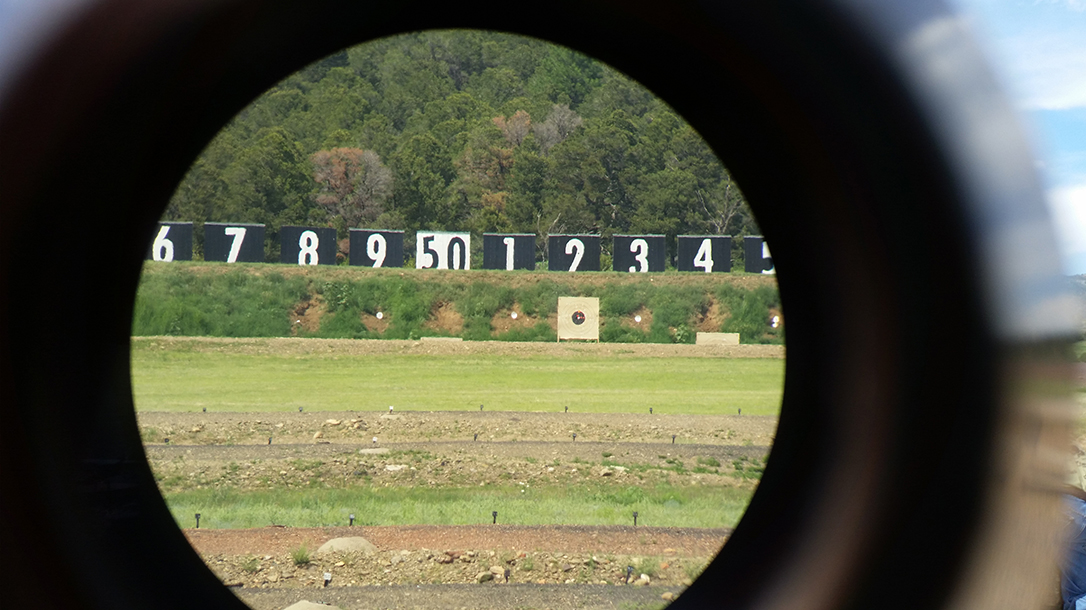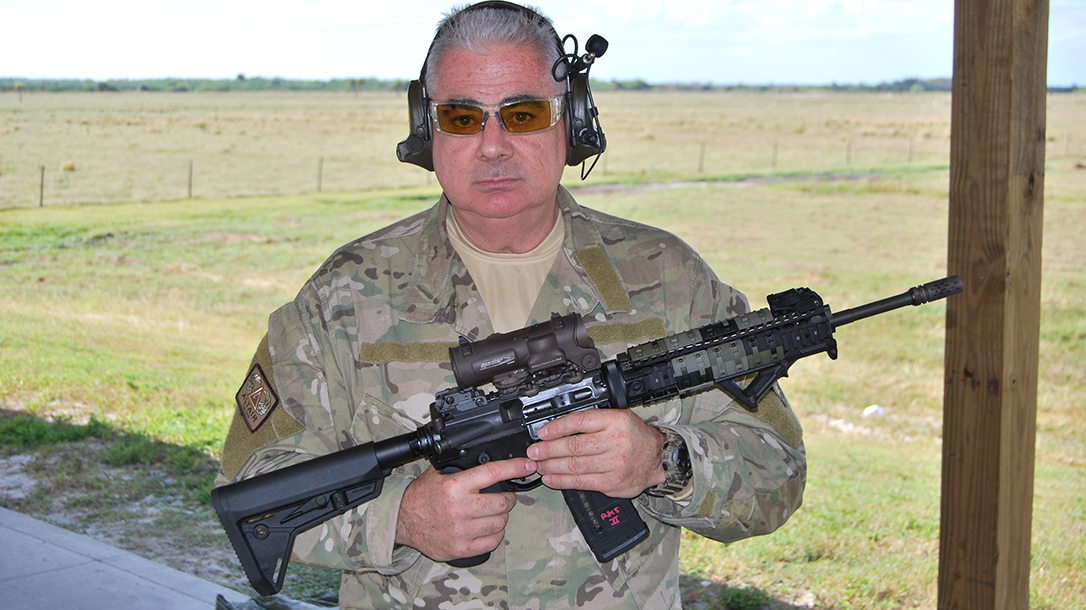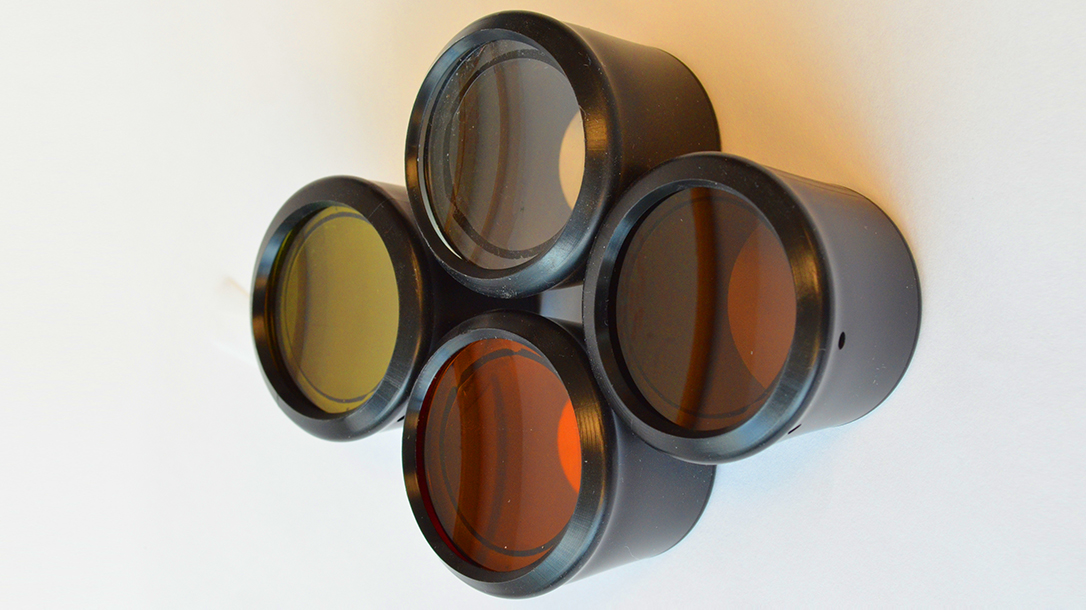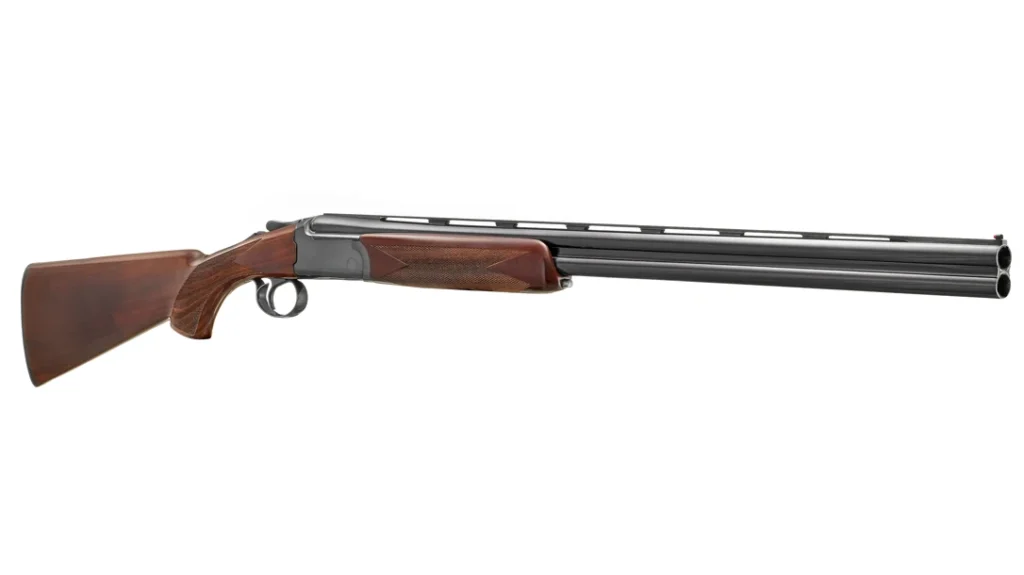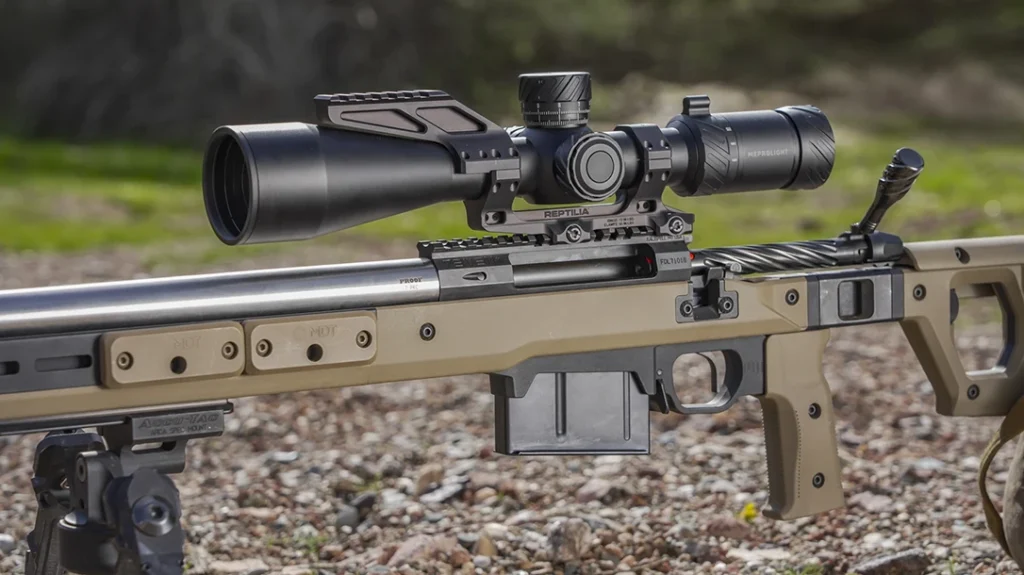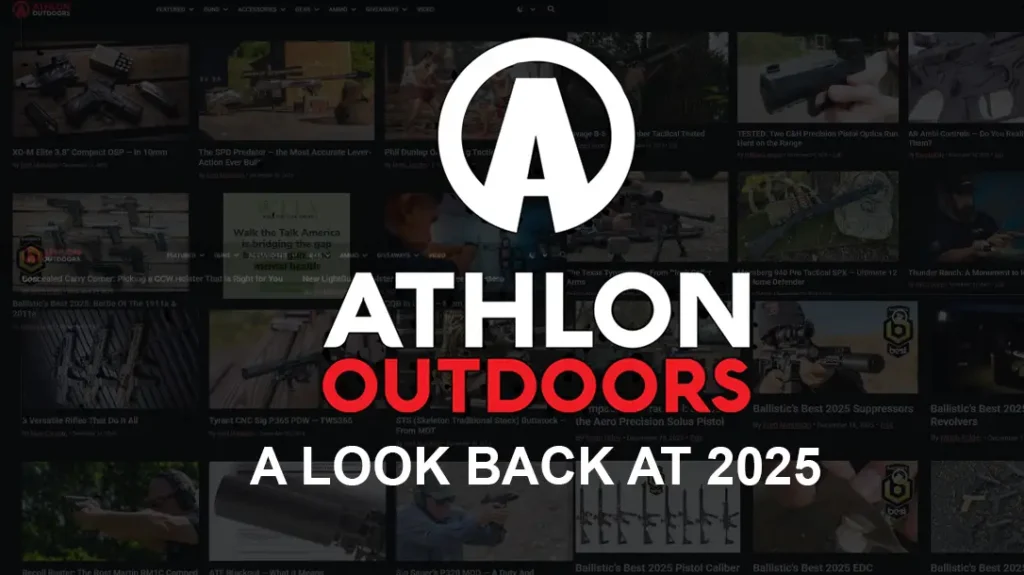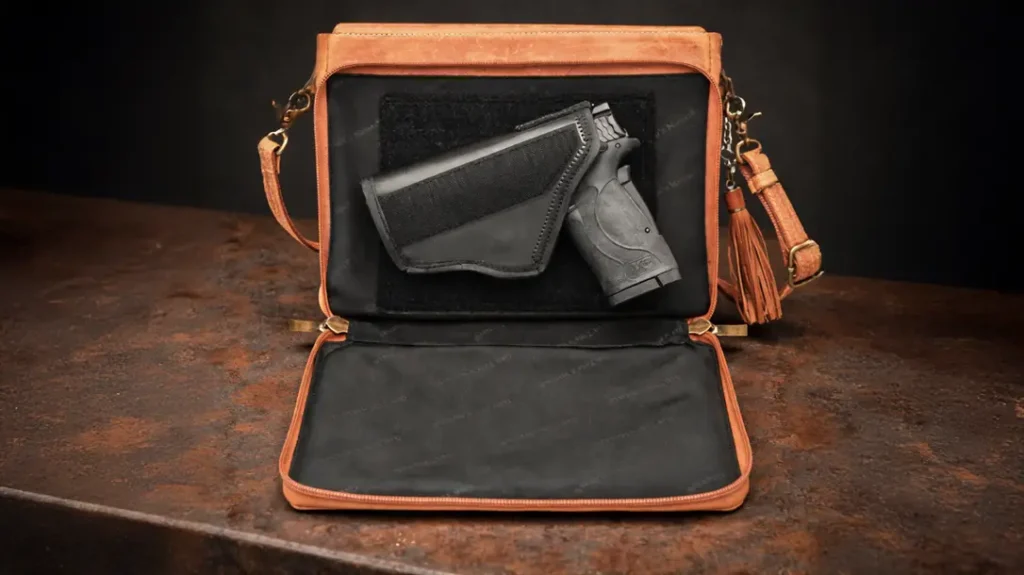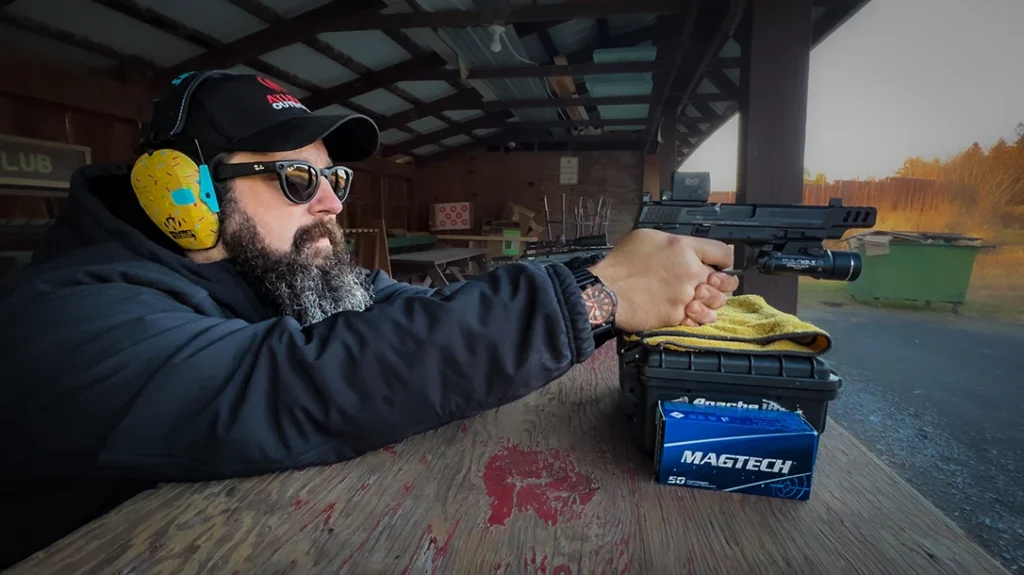No matter how well you see now, eventually your eyesight will diminish. Declining eyesight is unavoidable. That’s a fact.
Most people who know me think that my sight is still as sharp as a falcon’s. At 55, I still don’t wear glasses every day. Others look at me with envy, but what they don’t know is that I don’t see as well as I used to, and I should use glasses more often. So why don’t I use them?
Advertisement — Continue Reading Below
Because I hate them. They fog up, I tend to lose them, and they break easily. In my shooting and sniping career, I don’t how many times I have had to remove my safety glasses due to fogging or other problems that have arisen.
In the more routine parts of my life, I still see fairly well. Even though I have lost some of my far sight and my advanced age is starting to hit me, I still read without glasses. But our lives are not normal: We are shooters, and we need our “falcon eyes” back.
My Declining Eyesight
Over the past four years, I saw that my eye performance was declining, especially in my left eye. I struggled to see wind flags. When I tried to correct it with normal lenses, I couldn’t see through my spotting scope. Then, last year, I started to feel the same effects on my right eye. My reticle was out of focus, and I could not see the turrets’ adjustments, as if the numbers on
them had been printed too small.
Advertisement — Continue Reading Below
It was time to research the problem and find a solution. After all, many shooters have had glasses since they were kids and still do well. I found that when you grow up with vision problems, you become quite accustomed to seeing with glasses, but those of us afflicted at ages over 50 do not have that same adaptability.
After a lot of research and questioning various experts, I settled on a two-pronged approach to my eye problems: a corrective lens mounted on the scope called the ScopeAid combined with specialized bifocals, and a specialized eye-training system for elite sportsmen.
Presbyopia
The first occasion where I realized that I was losing my near sight was during a sniper exercise. I couldn’t adjust my scope turret because I couldn’t see its numbers.
Advertisement — Continue Reading Below
Presbyopia is a condition where, with age, the eye exhibits a progressively diminished ability to focus on near objects. The exact mechanisms are not known with certainty, but like gray hair and wrinkles, presbyopia is a symptom of the natural course of aging. The first signs of presbyopia—eyestrain, difficulty seeing in dim light, problems focusing on small objects and/or fine print—are usually first noticed between the ages of 40 and 50.
To see the reticle and scope turrets better, I had to correct my short-range vision, say 10 to 30 inches. Thankfully, Clemit has designed several ScopeAid lenses to help in this regard. This is a company that knows what you mean when you talk about targets and scopes, and it knows the benefits its products will provide you and others struggling with those crosshairs.
Declining Eyesight: ScopeAid Lenses
The ScopeAid lenses were designed by champion target shooters, hunters and other experts to produce prescription lenses that allow you to take normal aim of your weapon. This allows you to align your eye to the reticle and the target more naturally for improved accuracy.
Advertisement — Continue Reading Below
And Clemit did not design just one model. Various versions are available to handle a number of tasks, and I got my hands on the ScopeAid Mirage, a perfect choice for long-range shooters and hunters.
ScopeAid Mirage
The Mirage coating process filters visual waves of mirage in order so you can see the target object more clearly while still using the mirage to determine speed and direction of the wind.
Advertisement — Continue Reading Below
Of course, you need to practice in order to understand the change of wave action when using this lens. Once competent, you can use the higher magnification of the scope without blurring the target with mirage waves.
ScopeAid Crystal
Another ScopeAid lens I tested is the Crystal model, which is the clear version most popular with hunters and target shooters. It reduces or eliminates the ghosting of images and reflection and makes quite the difference on cloudy overcast days.
ScopeAid Yellow
Other versions include the Yellow model, which allows the hunter to see in low-light conditions. It filters out a small amount of blue light waves from the light spectrum, thereby increasing visibility by making the object stand out and appear to be brighter.
Advertisement — Continue Reading Below
ScopeAid Amber
On sunny, super-bright days, the Amber filter offers blue-light-wave-blocking capabilities. This enables competitive shooters and hunters to see those bright targets or animals in the woods during midday while reducing eyestrain.
ScopeAid Flame
The Flame ScopeAid is supposed to filter out the highest amount of blue light from the visible light spectrum, offering the highest color contrast properties in the line. This lens gets its name from the unique coloring it takes on after the filtering process has been completed. The shooter will have greater depth of vision while looking through thick brush, trees or tall grass to pick out shapes and color changes.
All told, the Mirage and Crystal ScopeAid lenses have given me super-sharp target images. I have recovered so much resolution and crispness that I feel that my eyesight is better than ever—or at least better than it has been for years.
Advertisement — Continue Reading Below
Shooting Glasses
What about my non-shooting eye?
Using my prescription, the professionals at Clemit designed a pair of bifocals for me based on their Raptor glasses. These glasses can transition from yellow to amber depending on the time of day and how much blue light is being blocked.
Advertisement — Continue Reading Below
They work together with the ScopeAid lenses, allowing my non-shooting eye to see super-distant wind flags. The bifocals let me use a spotting scope and see the small numbers on my scope turrets.
I am still getting used to this setup and finding the best view through my left eye. So far, the results have been great. Now I can identify wind changes with flags and also look though the spotting scope to see my spotting disks.
This year at the 2017 FCSA World Championships, I could see the spotting disks clearly for the first time in the last three or four years. I was very satisfied by the results—this helped me win my class.
Declining Eyesight: Eye Training
The second part of my regimen is based on specialized eye training that is helping me get the most of what I have. It will not improve your eye sight per se, but will allow you to perform better.
The EyePerformance system is an online vision training program that is the brainchild of Dr. Lawrence D. Lampert. He has worked with elite athletes, including players from top NBL and NFL teams, the Japanese Baseball League, the PGA and LPGA and even world-class international athletes during the 1996 Olympics. This specialized training involves developing peak visual skills such as following a ball, reacting more quickly, judging depth accurately and enhancing your hand/eye coordination.
Obviously, your vision plays an important part in hitting the target. Coordination, concentration, balance and accuracy are just a few of the visually related abilities you use during a competition. Vision affects your view of the target, the reticle, the wind flags in your periphery and how you deal with mirage or bad lighting conditions.
Essentially a series of games, the EyePerformance system is an ideal tool to use for training. It’s also good for warming up before practice or competition. You can use the PC version or download the free EyePerformance iPhone/iPad app.
Learning and Enhancing
If a shooter already wears prescription or contact lenses, their vision probably needs improvement for optimum sports performance. Even if they do not require corrective lenses, their visual acuity may still be enhanced. These skills are developed from birth and learned as you grow; they can also be taught, enhanced and improved at almost any time during your life under the direction of a behavioral optometrist who understands how your visual system works.
If some of these skills are not in top shape, the shooter may unconsciously compensate and weak spots might develop in their performance. Compensating behavior can include slowness or inconsistencies in one or more areas of your shooting.
Using the EyePerformance games, I found that I needed more practice changing focus quickly and accurately from one distance to another and switching from central to peripheral vision, which allows me to see animals while hunting and wind flags when competing out of the corner of my eye while still concentrating on the target. In both situations, this system was very helpful and improved my capabilities.
In the end, through the use of the ScopeAid, a custom pair of bifocals and the EyePerformance program, I can now see my targets better, even spotting disks during mirage conditions, as well as wind flags with my non-shooting eye. This approach helped me, and I bet it could work for you, too.
This story is from the spring 2018 issue of Ballistic Magazine. Grab your copy at OutdoorGroupStore.com.
